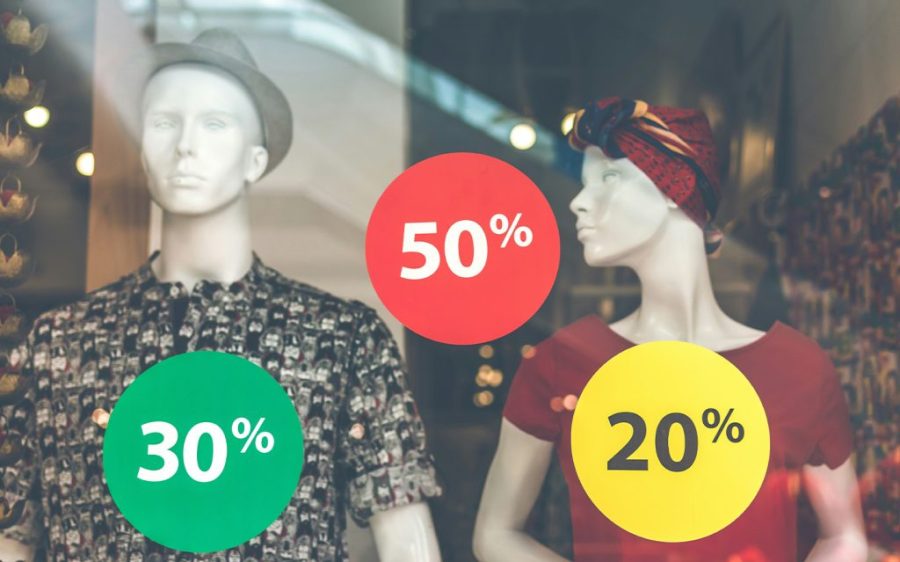The high cost of living and non-stop pressure to consume are leading some young people to adopt a new trend called “underconsumption core.” It refers to buying less and reusing more, and is being popularised on social media platforms like TikTok, as well as reported on in multiple media outlets.
Social media has long been filled with picture-perfect homes, the newest beauty products, “unboxing” of consumer products, and “hauls” of dozens of items bought at once. But “When every moment of your life feels like you’re being sold something and the price of said item keeps going up, people will burn out on spending money,” influencer and financial educator Kara Perez told Agence France-Presse.
Underconsumption core offers an escape, encouraging Gen Z to live more frugally, repurpose items and prioritise quality over quantity.
[See more: Fast fashion is far more expensive than you thought]
While some economies are thriving, with record corporate profits and low unemployment, many millennials and members of Gen Z are feeling the crunch. Real wages haven’t kept pace with profit growth, so even as inflation comes down, as it is in the US and UK, the cost of living remains high with no end in sight.
At the same time, spending remains high. Many young adults have developed a “compulsive behaviour to spend down to their last pound on a fashion item,” Andrea Cheong, a UK-based influencer who has shared underconsumption videos, told AFP. Possessions have become a key way “to articulate who we are.”
Influencers say underconsumption can do the same thing in a different way. It communicates a certain level of being environmentally conscious, of caring for the things you own, and demonstrates creativity and ingenuity in how you repurpose items to give them new life. Its proponents argue that it is one of the most accessible approaches to sustainability available: buy less, buy better.






